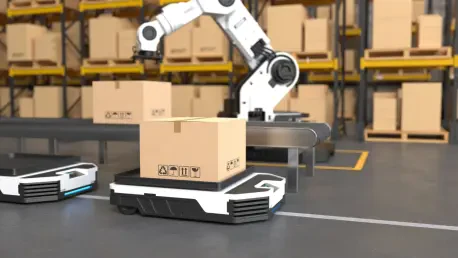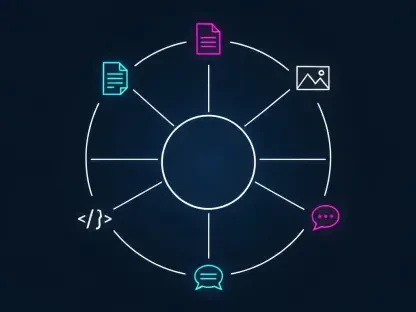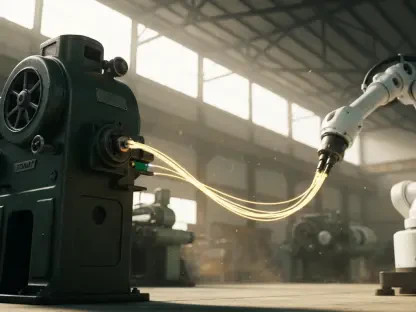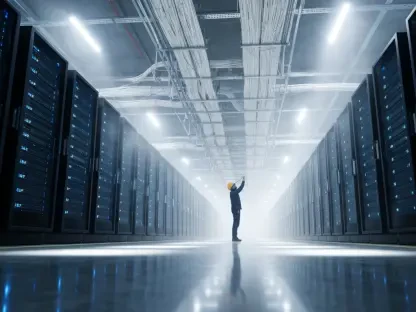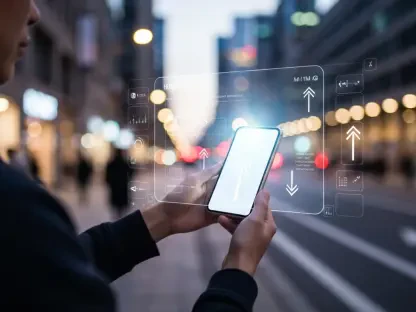Listen to the Article
When robots were first developed, their potential seemed limited to controlled environments, such as factory floors or security sectors, where they were programmed to perform repetitive tasks with precision and built for endurance. But today, sophisticated robots are expanding beyond warehouses and into neighbourhoods, poised to transform the logistics of last-mile delivery — an industry that will greatly benefit from AI automation and operational efficiency.
Already employing over 1.55 million people, Amazon is reportedly exploring the possibility of increasing this already impressive workforce with robot employees. According to a new report from the news website The Information, Amazon has allegedly begun training robots to serve as its latest delivery workers, potentially altering the dynamics of the delivery industry forever. This action promises to redefine efficiency and boost productivity for their customers.
Amazon Robots in Last-Mile Delivery
Amazon, an American company worth an estimated $2 trillion, has been leading the charge in e-commerce and logistics in recent years. It’s one of the largest online retailers trusted by people globally. With all the accolades they have received, it seems they are aiming for one more—becoming the first organization to employ robots for last-mile delivery.
This is a crucial stage of the supply chain delivery process, where goods are delivered directly to the customer’s doorstep. It’s a key aspect for customer satisfaction, influences repeat purchases, and promotes brand loyalty.
The report states that Amazon is not using standard robots but instead developing artificial intelligence software that would power humanoid-looking bots to perform the tasks of delivery workers. The bipedal robots will be transported in company-owned Rivian vans, where they are expected to emerge during deliveries.
This is not the first time the company has incorporated robots into its operations; since 2012, Amazon Robotics has deployed three types of robots across its network, totaling 750,000—the largest fleet of mobile industrial robots in the world.
How Amazon Prepared Humanoid Robots
Before the robots were ready for distribution around the country, they were first tested to operate in real-world situations that might be encountered while delivering. The robots were sent to what the company calls a “humanoid park,” built in an Amazon office in San Francisco. This ‘park’ is an indoor obstacle course made to replicate residential spaces in order to train the robots to move empty containers against obstacles and face challenges that delivery workers encounter on an ordinary day delivering packages.
Among the 20,000 newly purchased electric vehicles, one has been stationed in the constructed humanoid park, ready to use when the robots have completed their obstacle training. The van will take the robots on “field trips” around neighborhoods and test their ability to deliver packages without any issues occurring.
If the robots are successful in their trials and start serving as functional delivery droids, they will work side by side with humans driving the vans and assisting wherever needed. The bots will join the ranks of the seven robots already supporting Amazon’s next generation of package fulfillment. These new robots will:
Increase delivery speed and capacity during drop-off times.
Significantly reduce labor costs.
Enhance logistical efficiency and productivity.
However, after the news was published, several industry leaders spoke out regarding concerns that might occur. “If Amazon restricts the scope, which means using relatively clear driveways and standard layouts of doors and surroundings, then the task would be quite a bit simpler. As the environments become more complex and variable, and others enter the picture – such as pets and small children – the problems become harder,” said Professor Subramanian Ramamoorthy, chair of robot learning at the University of Edinburgh.
While his suggestion on simpler routes for better outcomes is a good one, Amazon has already developed a solution. Besides the training facility, preparing the robots to walk down pathways and avoid obstacles, Amazon has Wellspring, a generative AI mapping technology that can be installed to assist in navigating varied environments.
Amazon’s Automated Robotics Ecosystem
As part of its mission to revolutionize the delivery industry, Amazon began utilizing drones in the US for fast and convenient deliveries. They are tasked with delivering packages weighing less than 5 pounds in 60 minutes or less, offering a viable alternative to transporting packages besides vans or scooters. Amazon drone delivery is only available to customers living in selected locations in Texas and Arizona. Recently, they received FAA approval to deliver electronic items such as Apple iPhones, Apple AirPods, Ring doorbells, and Samsung Galaxy devices.
Another notable innovation by Amazon is its sensing robot Vulcan, which was announced in May 2025. This robot is capable of sensing the shape and size of items using only its touch. This is a first-of-its-kind piece of technology that uses artificial intelligence to ‘feel.’ “Vulcan represents a fundamental leap forward in robotics,” says Aaron Parness, Amazon director. “It’s not just seeing the world; it’s feeling it, enabling capabilities that were impossible for Amazon robots until now.”
Before Amazon deploys the bipedal machinery to the real world, the public is left deliberating whether they will release other technological wonders or if these AI-powered machines are enough to title Amazon the first delivery organization to use sophisticated technologies for final leg deliveries.
Although not yet confirmed by the company, employing robots in their delivery team aligns with their goal of robotics technology within Amazon to “pair employees with the right technology to make their workday safer, easier, and more productive while delivering packages to customers faster than ever.”
Conclusion
Amazon’s strategic investment in robotics represents a pivotal move in redesigning last-mile delivery. By combining rigorous obstacle-course training with integration into its existing electric van fleet, Amazon is laying the groundwork for a hybrid workforce of humans and machines. These advancements, along with drone deliveries and Vulcan, their tactile sensing robot, show Amazon’s clear intent to position itself at the forefront of an autonomous delivery breakthrough, introducing its customers to a world of advanced robotics.
Despite ongoing concerns regarding scalability, security, and public acceptance, one thing is clear: Amazon is leading the charge in bringing the future of delivery to life, steadily optimizing operating efficiency and enhancing customer service, one invention at a time.
